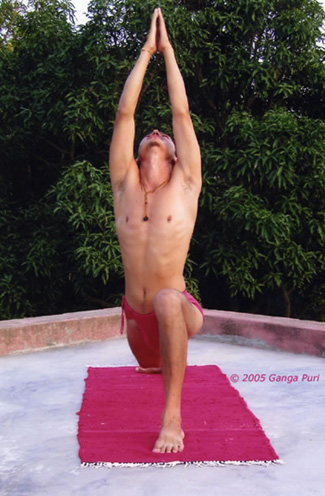Hatha Yoga with Frans Iradi
Yoga’s combined focus on mindfulness, breathing and physical movements brings health benefits with regular participation. Yoga participants report better sleep, increased energy levels and muscle tone, relief from muscle pain and stiffness, improved circulation and overall better general health. The breathing aspect of yoga can benefit heart rate and blood pressure.Wikipedia – Hatha Yoga
With “ha” meaning “sun” and “tha” meaning “moon”, Hatha Yoga is commonly translated as the yoga that brings union “of the pairs of opposites.” Sometimes Hatha Yoga is also translated as the “forceful yoga”, because it requires a lot of physical effort. Hatha Yoga is certainly the yoga that is the best known in the West, which is part of the reason why so many definitions of Hatha Yoga exist.
In the Indian tradition, Hatha Yoga is one of the four main traditions of Tantra Yoga. Hatha Yoga is first of all concentrating on the practice of postures (asanas) and breath control (pranayama) to energize the subtle channels (nadis). Thus one might say Hatha Yoga concentrates on the third and fourth steps of the eight-fold path of Ashtanga Yoga. The objective of Hatha Yoga is obviously to remove the obstacles to address the further steps of Pratyahara (sense-withdrawal), Dharana (Concentration), Dhyana (Meditation) and Samadhi (Balance). In many Hatha Yoga schools, these further steps are seen as part of Hatha Yoga. What’s in a name ?
Exercising postures or Asanas in Hatha Yoga has two essential objectives. The first is that to practice any real meditation, one needs at the least one posture in which one can be perfectly comfortable for a longer period of time. The more such postures one can master, the better the basis for developing the inner meditation techniques. The second objective of exercising asanas in Hatha Yoga is to bring health and energy to body and mind by opening the nadis.
